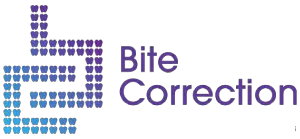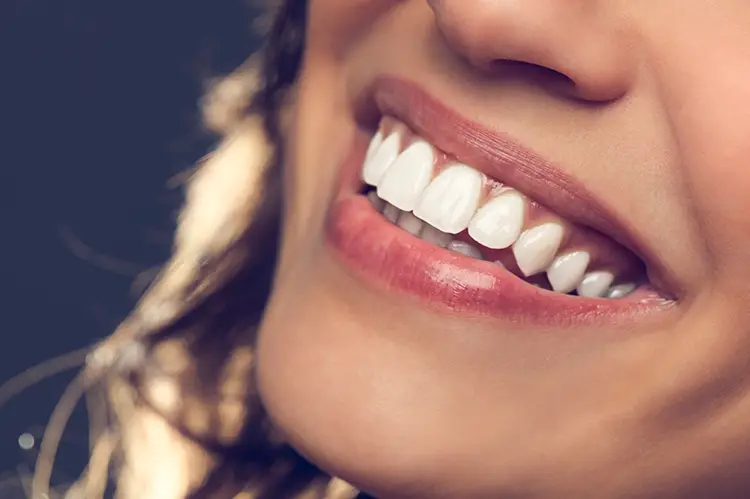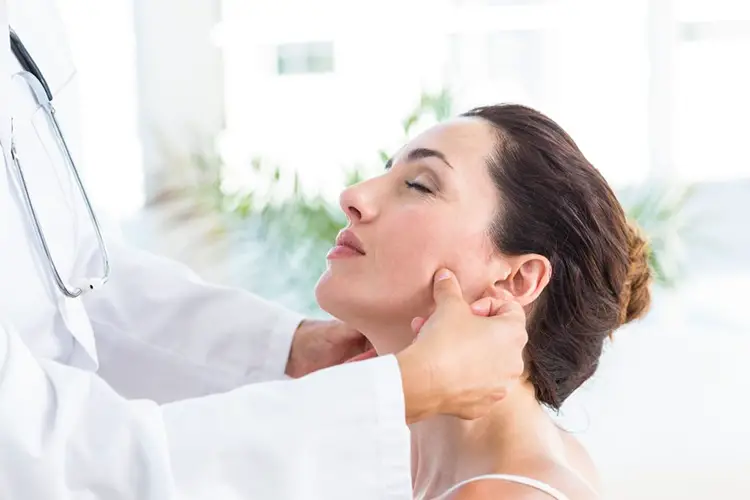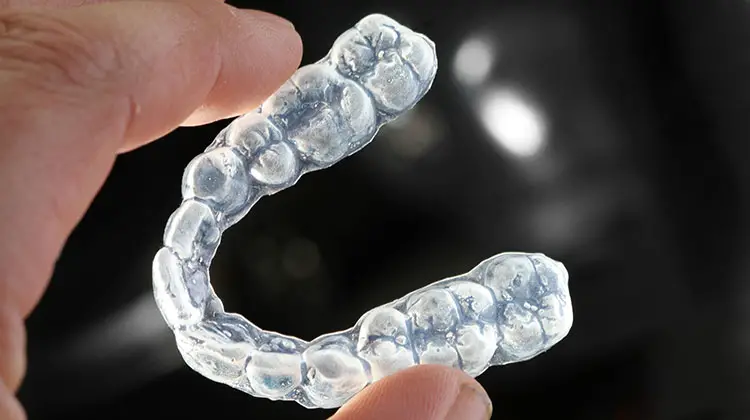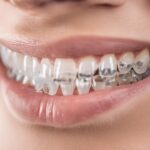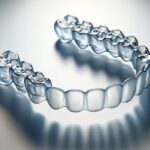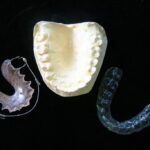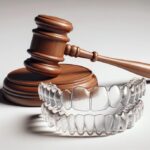Nothing says perfection like a beautiful smile. In a land where perfection is everywhere, everyone would have perfectly straight teeth and a perfect bite. In reality, even celebrities seek intervention from dental professionals for dazzling smiles that the rest of us only dream about. But obtaining the smile of your dreams can now be more than just a wish. With non-surgical bite correction, your upper teeth can align properly with your lower teeth and include some amazing healthy benefits as well.
The scientific term for a bad bite is malocclusion. And most people may take their bite for granted. Besides the aesthetics that bite correction brings to their smile, there are many advantages to having straighter teeth and a proper bite. For one, straight teeth or an accurately aligned bite is easier to clean keeping you at a low risk for gum or periodontal disease. Non-surgical bite correction can alleviate strain and stress on your jaw, jaw joint and facial muscles which can lead to Temporomandibular Joint Disorders (TMJ or TMD). With less stress on your teeth, you’ll be at less risk for teeth fractures, and enamel wear and tear.
Generally, malocclusions are found by a dentist, who after taking panorex x-rays, may refer you to an orthodontist. Only the most severe cases of malocclusion require surgical bite correction. Currently, the most common form of treatment for a bad bite is non-surgical bite correction techniques.
Night or Mouth Guards
Mouth guards, or night guards, can protect you from nighttime grinding and clenching that can wear your bite down. This appliance is worn at night. It is a custom-made plastic device molded to fit either your upper or lower teeth so that you hardly notice it.
Reconstruction and Replacement
Replacing or reconstructing existing worn or damaged dental work gives your dentist a great foundation to start and allows patients to have the smile they were meant to have. It includes correcting cracked or chipped teeth, large cavities, crowns and dental bonding. In today’s market, there are many types of dental veneers that can correct bite issues, and fix misaligned, uneven and oddly-shaped teeth for a straighter smile and more even bite.
Orthodontics
Another common treatment for malocclusion is orthodontics which uses braces, retainers and other dental appliances to move the teeth you have into comfortable positions. The earlier bite correction is addressed the better the outcomes are with orthodontics. Generally, the time required for this type of bite correction is 12 to 24 months. While orthodontic treatments were most common among teens and children, more and more adults are requesting this form of treatment as an alternative.
Reshaping
Tooth reshaping is most common for minor adjustments with bite alignment. This type of bite correction treatment is reserved for when teeth are slightly uneven and need just a touch of reshaping to evenly distribute the pressure across all teeth in your mouth. First, the dentist has you bite down on a piece of paper, and then request that you move your jaw up and down and side to side. The colored marks left on the paper indicate to the dentist where your teeth touch. Using a drill, your dentist can reshape your teeth so that your bite fits more comfortably.
Even as you age, your teeth continually move ever so slightly. It’s important to keep you bite healthy just as it is important to keep your teeth free of cavities. With regular dental visits, your dentist can keep you posted about changes with your teeth, gums and jaw for better overall health.
